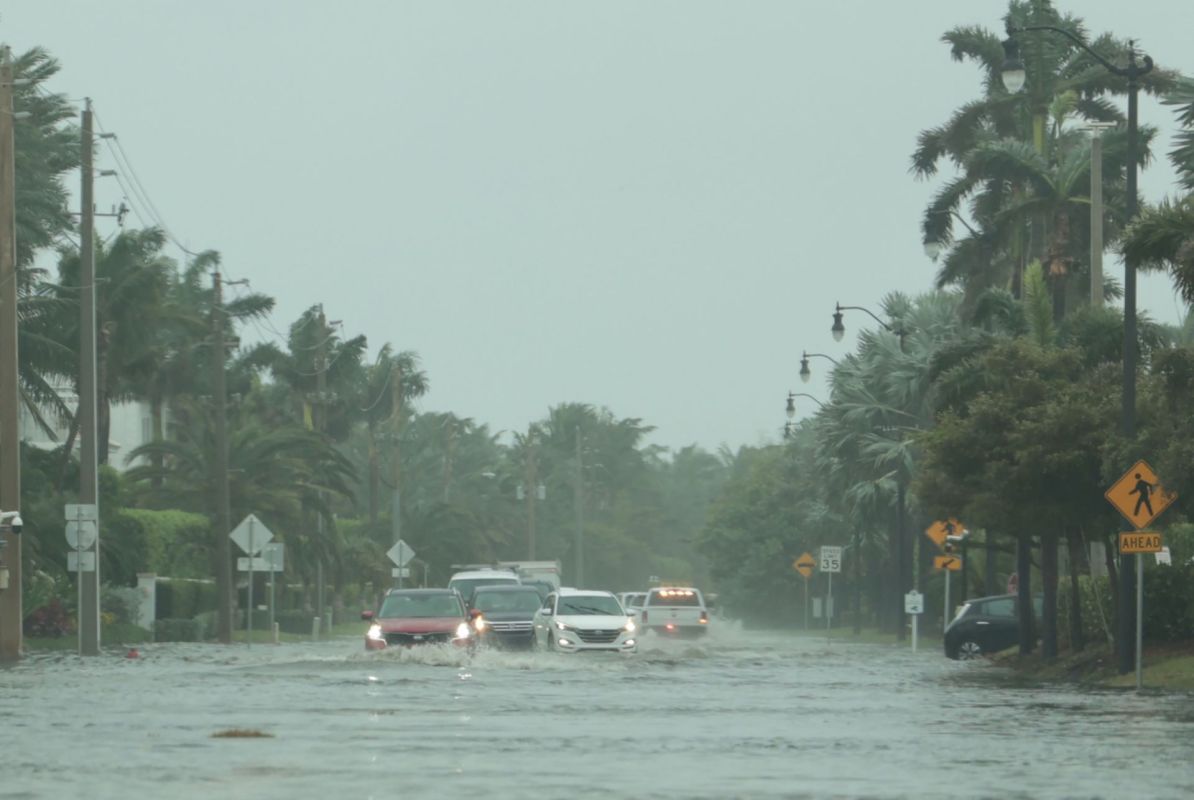Tropical diseases that thrive in warmer weather have seen increased spreading this year — and certain regions may experience further surges as the current El Niño weather regime persists.
What's happening?
The World Health Organization (WHO) announced in June that it was bracing for "increased spread of viral diseases like dengue, Zika, and chikungunya" with El Niño's onset, Reuters reported.
WHO authorities expect that El Niño conditions will continue to pile on problems for nations already suffering from outbreaks.
"Regions from South America to Asia are already grappling with surges in tropical diseases," Bloomberg reported in late June. The outlet noted that "Peru … declared a state of emergency over its worst recorded dengue outbreak on record, with about 150,000 suspected cases reported" to that point.
El Niño is a naturally occurring phenomenon that happens every two to seven years on average and lasts about nine months to a year or more, according to the National Oceanic and Atmospheric Administration (NOAA). It's generally seen as the "warm phase" of a climate cycle that brings different effects to different areas. These effects also interact with the impacts of longer-term planet overheating caused by human releases of heat-trapping pollution.
This past summer, NOAA announced the return of El Niño after a few years away.
In addition to its expected role in worsening tropical diseases, El Niño will likely continue to accentuate heat waves and droughts in some places and extreme storms and floods in others.
Why is the spread of disease with El Niño warming a concern?
"While [the] particular weather pattern known as El Niño is temporary," wrote a Peru-based reporter for Bloomberg earlier this year, "rising ocean temperatures offer a glimpse of just one of the effects of climate change."
Whatever the cause, warming and flooding often result in the perfect conditions for mosquitoes that spread diseases, Bloomberg reports.
In addition to Peru's troubles, Thailand has seen a rise in dengue cases. Local officials reported 19,503 cases from the start of 2023 through the first week of June. Malaysia and Cambodia are also seeing rises, according to the WHO. Singapore experts warned earlier this year about cases potentially surging in October, according to Bloomberg.
What can I do about the spread of disease with El Niño warming?
There isn't much an individual can do about El Niño cycles except to stay aware and prepare for added impacts such as storms.
However, we can work on those things that are under our control — and that even save us money — such as reducing our use of dirty fuels and switching to electric tools and renewable energy when possible to limit further warming due to carbon pollution.
Join our free newsletter for cool news and cool tips that make it easy to help yourself while helping the planet.









